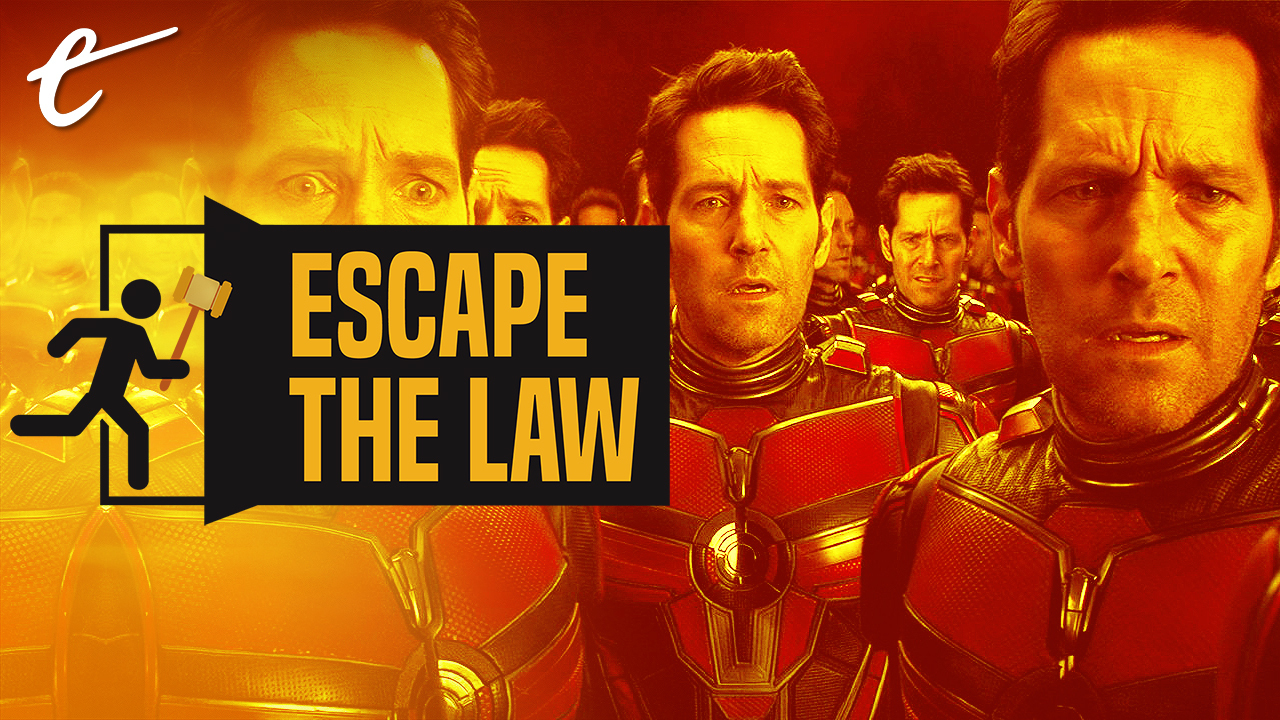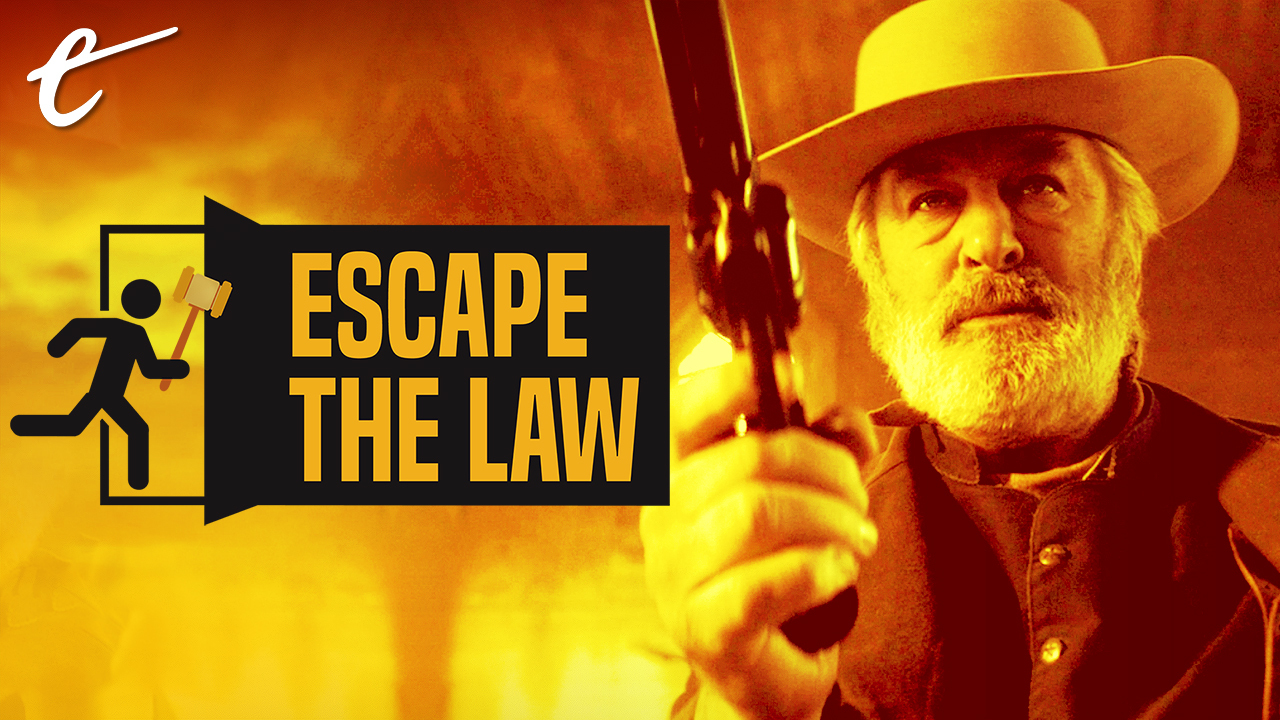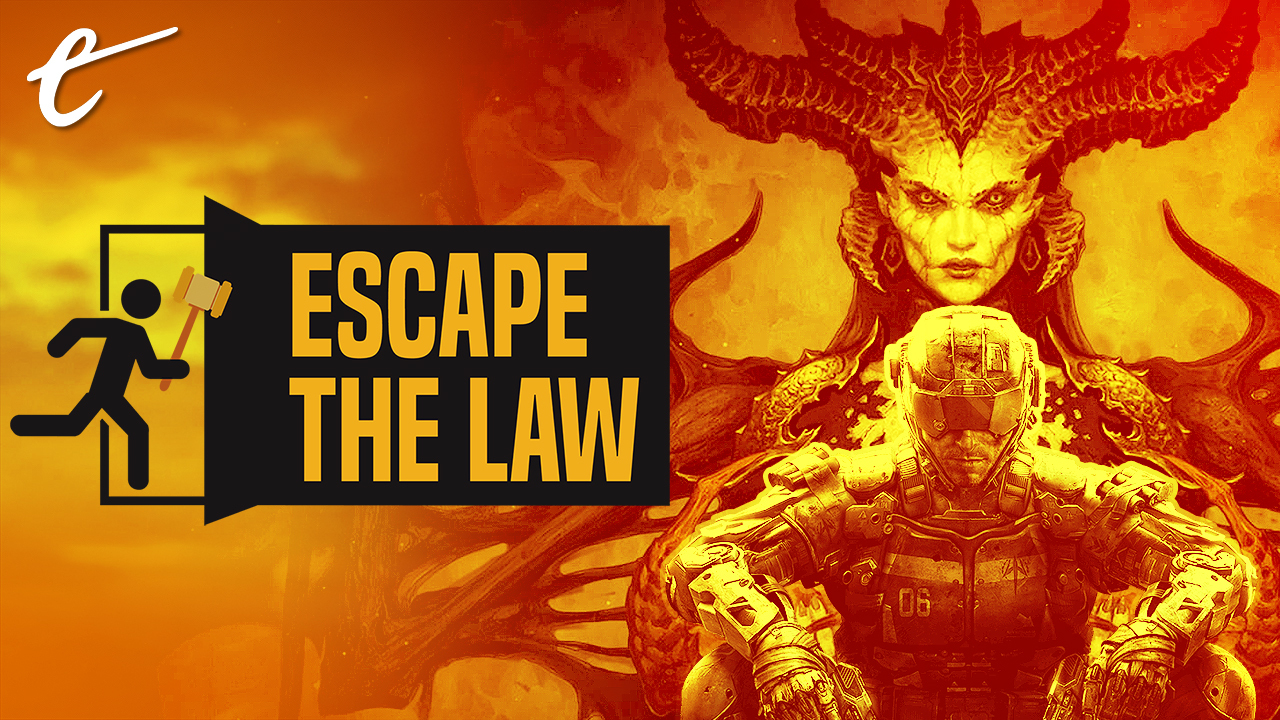What a tangled web we weave. Last week, Deadline reported that Spider-Man would be leaving the Marvel Cinematic Universe after Disney and Sony failed to reach an agreement on funding and revenue sharing for future Spider-Man films. Not much is known about the underlying negotiations, and there are numerous conflicting accounts in the media. We don’t even know whether the Sony-Marvel breakup is final or whether studio executives are willing to compromise.
No matter the details, the very concept of this kind of split raises countless questions. This week, I’ll explore the Marvel-Sony Spider-Man situation, explain how we got here, and review the workings of the Sony-Marvel Spider-Man license. Next week, I’ll use the license agreements to explain how Sony and Marvel can repair their fractured universes without getting into trouble.
What is going on here? Why are we even talking about Sony?
At first glance, the character sharing between Marvel and Sony seems bizarre — why would Sony Pictures have the rights to Spider-Man (or any Marvel characters) in the first place? The answer is straightforward, if somewhat unsatisfying.
Fictional characters are protected by copyright laws. An author’s copyright over a character provides them with the exclusive right to use, adapt, or market the character as they see fit. Because the rights are exclusive, no one can use the character unless they are given explicit permission from the author.
But permission is not all or nothing, and authors can place conditions on how the character is used and how long the permission lasts. As a simple example, an author can authorize the use of a character only in connection with action figures (or toothpaste, PEZ dispensers, etc.), and only for three months. This kind of permission is referred to as a license, and there are very few limits on licensing conditions.
We see licenses for major characters all over the place. Marvel granted a license to Pop! Games to make a Funko Spider-Man figure and to Crest to make Spider-Man-branded toothpaste. In 1999, Marvel sold Sony Pictures an exclusive license to make Spider-Man movies. Marvel had previously licensed the film rights to numerous other studios, but those licenses were temporary and reverted back to Marvel in the early ‘90s. Because the license was exclusive, Marvel lost the right to produce its own Spider-Man movies. Marvel retained its right to produce and license other Spider-Man content, including Spider-Man comic books.
So what’s in these license agreements?
Sony’s Spider-Man license came with numerous conditions, including one stating that it would lose its license unless it releases a new Spider-Man movie every 5.75 years. Over the course of the last several years, Marvel and Sony have renegotiated the terms and conditions of the film license on numerous occasions. While the exact details of the renegotiations have not been released to the public, some of the drafts were released as a result of the 2014 Sony Pictures hack. The leaked documents reveal a series of conditions that limit how Sony can depict Spider-Man, including requiring that the character be a heterosexual male, not deliberately torture anyone (except when in the black symbiote suit), and abstain from sexual relations before the age of 16.
The leaked documents also provide a precise account of exactly which characters are covered by the license — including a test that could be used to determine whether future characters would be covered. Those terms provide some insight into how Sony and Disney approached the character sharing question and accounted for the possibility that Spider-Man would join the MCU for just a limited time. While the specific terms of the draft agreement should be taken with a grain of salt because it was leaked and is over five years old, it nevertheless provides a high-level understanding of how Marvel and Sony approached the license negotiations.
The character coverage provisions are fairly objective, dividing characters into four categories: exclusive to Marvel, exclusive to Sony, shared, and frozen. Neither Sony nor Marvel can use characters that are frozen.
The agreement states that Sony “holds exclusive film rights to all characters in the Spider-Man universe,” and refers to an explicit list of characters that are covered by the agreement. The extensive list includes 627 covered characters (Black Cat/Felicia Hardy, the Chameleon, Electro, etc.), 70 “Teams/Groups/Gangs” (The Sinister Six, Cult of the Jackal, etc.), 544 “Supporting Characters” (Jean DeWolff, Uncle Ben, George Stacy, etc.), and 82 businesses (Alchemax, Oscorp, etc.).
The list of characters who belong exclusively to Marvel is much shorter and essentially defined by omission — characters that do not belong to Sony belong to Marvel. As a result, the explicit list of Marvel-exclusive characters is limited to characters who appear in Spider-Man stories but who “live” in other stories such as investigative journalist Ben Urich and the heroes Cloak and Dagger.
Finally, the agreement contains provisions that apply to new characters, which are defined as “characters first appearing” after the agreement becomes effective. The agreement states that Sony has the rights to any new character who first appears in a work with “Spider,” “Spider-Man,” “Peter Parker,” or another Sony-exclusive character in its main title, and to new characters who shoot webs, have “Spider” in their name, or have a spider or spider web on their costume.
The “new character” provision does not apply to spider characters who first appear in a team-up title (e.g., Astonishing Spider-Man and Wolverine). Those characters are frozen, as are so-called “deviant variants” like Zombie Spider-Man. At some point, Sony must have modified or renegotiated that provision, since Spider-Ham, who is explicitly listed as a deviant character, appeared in Spider-Man: Into the Spider-Verse.
When drafting contracts — including license agreements — lawyers think deeply about risk and contingencies. That’s why the lawyers for Sony and Marvel categorized every character who has ever been associated with Spider-Man and created an objective test to account for new characters. They attempted to minimize any room for ambiguity or uncertainty regarding which company would possess film rights for a particular character.
It can basically be taken for granted that both Disney and Sony have a plan for what they would do if their Spider-Man-sharing agreement broke down. Next week, I will explain how that plan can be seen in Spider-Man: Homecoming and Spider-Man: Far from Home, and I will use contingency thinking and the Sony/Marvel/Shared/Frozen hierarchy to outline what Marvel and Sony can do to maintain continuity without violating their license agreement.






Published: Aug 31, 2019 01:45 pm